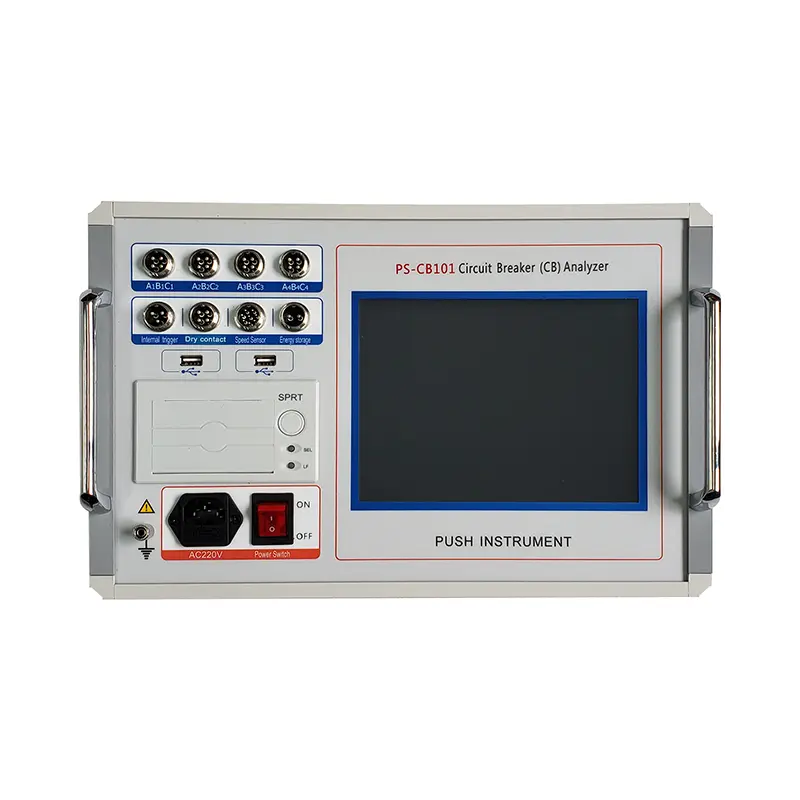Using a loop circuit tester in troubleshooting electrical problems offers several advantages, including:
- Quick Circuit Identification: Loop circuit testers can quickly identify and locate specific circuits, making it easier to pinpoint the source of electrical issues.
- Circuit Continuity Testing: They can be used to check for circuit continuity, ensuring that electrical pathways are intact and not broken.
- Detecting Breaks or Faults: Loop circuit testers can help locate breaks, faults, or open circuits within a wiring system, which is valuable for maintenance and repairs.
- Tracing Wires: They can be used to trace and map out wiring routes within walls, conduit, or cable trays, helping electricians and technicians understand the layout of a complex electrical system.
- Non-Contact Testing: Many loop circuit testers allow for non-contact testing, which means you don’t have to physically touch exposed conductors, enhancing safety.
- Versatility: Loop circuit testers are versatile and can be used for both AC and DC circuits, making them useful in a wide range of electrical applications.
- Time and Cost Savings: By quickly identifying circuit issues, loop circuit testers help reduce troubleshooting time and minimize downtime, saving both time and money.
- Reducing the Need for Disruption: When trying to identify circuits or wiring paths behind walls or in hidden locations, loop circuit testers can reduce the need for extensive and disruptive exploratory work.
- Ideal for Complex Systems: In large and complex electrical systems, loop circuit testers can simplify the process of isolating specific circuits and components.
- Enhanced Efficiency: Electricians and technicians can work more efficiently with the help of loop circuit testers, making it easier to locate and resolve electrical problems.
- Enhanced Safety: Using a loop circuit tester reduces the risk of electrical shock and other safety hazards by providing non-contact testing options.
- User-Friendly: Many loop circuit testers are designed to be user-friendly, making them accessible to professionals and even DIY enthusiasts.
Overall, loop circuit testers are valuable tools in the field of electrical troubleshooting and maintenance, as they help streamline the process of identifying and resolving electrical problems while enhancing safety and efficiency.
How do you identify and trace a specific circuit using a loop circuit tester?
Identifying and tracing a specific circuit using a loop circuit tester involves a systematic process.
Here are the general steps to follow:
- Safety Precautions:
- Ensure that the power to the circuit you’re working on is turned off to prevent electrical shocks.
- Use appropriate personal protective equipment, such as safety goggles and insulated gloves.
- Select the Appropriate Loop Circuit Tester:
- Choose the loop circuit tester that suits the type of circuit you are working with (AC or DC) and is appropriate for the voltage range.
- Prepare the Circuit:
- Make sure the circuit is de-energized by turning off the circuit breaker or disconnecting the power source.
- In complex systems, loop circuit tester labeling or documenting circuits beforehand can be helpful.
- Connect the Loop Circuit Tester:
- Connect one end of the loop circuit tester to a known reference point, such as the circuit’s ground or neutral wire.
- Touch the probe or sensor of the loop circuit tester to the conductor or wire you want to identify or trace.
- Activate the Loop Circuit Tester:
- Turn on the loop circuit tester, if necessary, and set it to the appropriate mode for tracing circuits.
- Trace the Circuit:
- As you move the probe or sensor along the circuit, the loop circuit tester will emit a signal or tone when it detects a live conductor.
- Listen for the tone, or watch for a visual indicator, to identify the location of the circuit.
- Mark or Document the Circuit:
- Use labels, markers, or documentation to mark the circuit or make note of its path.
- Troubleshoot or Perform Necessary Work:
- Once you’ve identified and traced the circuit, you can troubleshoot issues or perform any necessary maintenance or repairs.
- Verify Circuit De-energization:
- After completing your work, double-check that the circuit remains de-energized and safe before restoring power.
- Maintain Safety:
- Throughout the process, maintain safety precautions, and avoid contact with live conductors.
It’s important to follow the manufacturer’s instructions for your specific loop circuit tester model, as they may have variations in operation. Additionally, ensure that you have the appropriate knowledge and training to use loop circuit testers safely and effectively. If you are not confident in your ability to perform this task, it’s best to consult a qualified electrician or technician.
